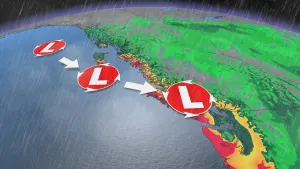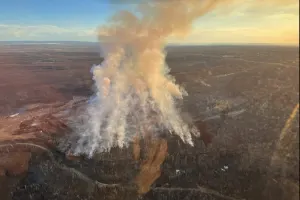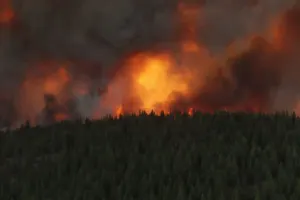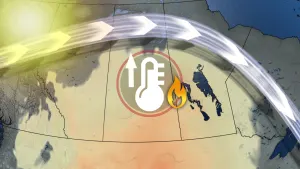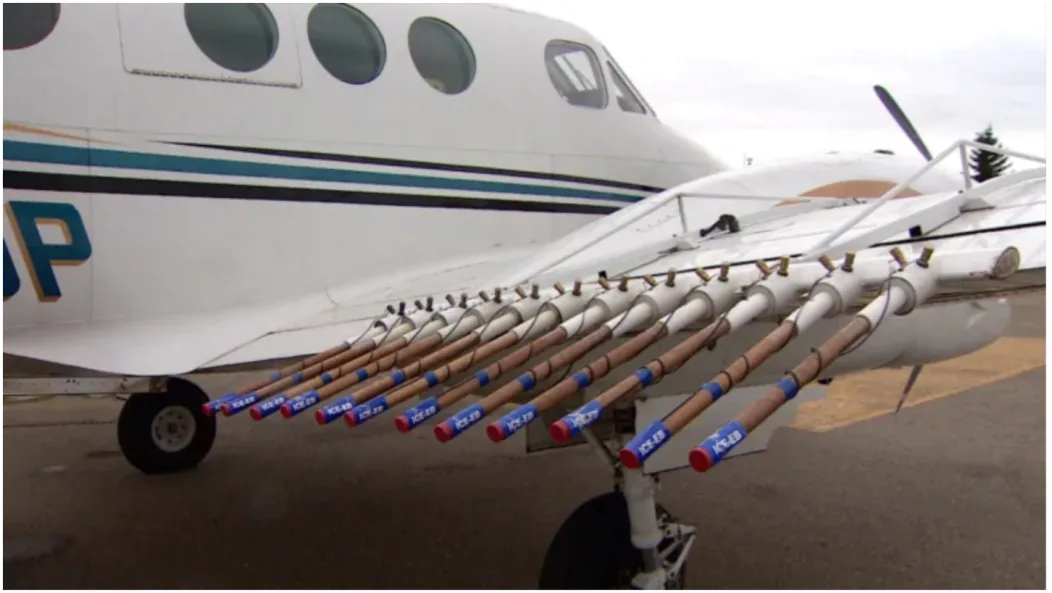
Cloud seeders used to reduce size of Alberta's hail
The swathe of Alberta dubbed "hailstorm alley" seems determined to live up to its ominous nickname in 2020 — and throughout those recent summer storms, planes took to the skies in an effort to minimize hail before it fell.
The Alberta Severe Weather Management Society is a private non-profit that was established by provincial insurance companies to create a program called the Alberta Hail Suppression Project.
Established in 1996, the project has its own weather radar and five cloud seeding airplanes — three at the Springbank Airport and two in Red Deer — that usually fly in pairs to meet clouds that register as potentially severe.
RELATED: The science behind Canada's 'Hail Alley'
The teams try to minimize the size of hail by spraying the clouds with silver iodide smoke particles, a seeding agent that helps to speed up the formation of the ice, director Terry Krauss told the Calgary Eyeopener on Monday.
The objective is to create more ice crystals at a warmer temperature that compete for the cloud's liquid water — and therefore, make smaller hail.
"It's called hail reduction and hail suppression," Krauss said.
"We want to have lots of pea-sized hail and small hail, instead of the large, damaging golf ball [sized hail]."
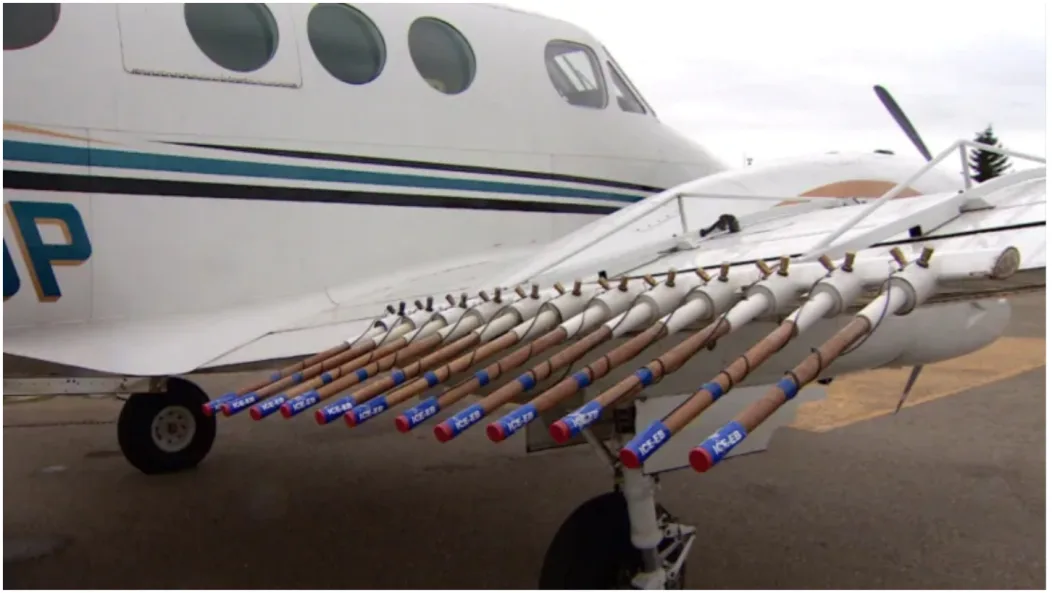
Cloud seeding efforts in Alberta, supported by the insurance industry, involves pilots flying into storm cells and spraying silver iodide. (CBC)
THE PARTICLES THAT GREW TO GIANT SIZE
Hailstorm alley — which runs from High River, south of Calgary, and north to central Alberta — typically has more than 40 hailstorms each the summer.
This year, those storms have summoned toonie-sized hail that pummelled northeast Calgary and incurred more than $1.2 billion in property damage.
WATCH BELOW: CALGARY HAILSTORM DECLARED THE WORST IN CANADIAN HISTORY, SEE WHY
Because weather conditions can quickly change, Krauss said, the work of seeding the clouds can be unpredictable — just like the storm that ravaged Calgary on June 13.
It damaged at least 70,000 homes and vehicles, and destroyed entire crops, as hailstones the size of tennis balls fell at 80 to 100 km/h.
The Alberta Hail Suppression Project was able to forecast the storm, and even predict its severity. But Krauss said the information they had led them to a different area than where it ultimately formed.
"We have daily briefings and we have very good forecasting for the potential of severe storms — and even on June 13, we were forecasting the possibility of golf-ball sized hail," Krauss said.
"We thought the storms would move in or form part of a cold front south, near Okotoks, and we had aircraft up. And unfortunately, on June 13 the storm formed over southeast Calgary … then sucked in some rain shower clouds that were just east — between Calgary and Strathmore — and those were the particles that grew to giant size."
SEVERE WEATHER MORE FREQUENT
The hailstorms this summer have been especially frequent and harsh, Krauss said, for a number of factors.
Alberta has been under a trough of low pressure; it hasn't been very warm; southeast winds have the moisture up against the mountains and the foothills, while aloft, we have a jet stream in the low pressure zone.
But this may not be a one-off summer. Over the next few years, the hail suppression team might be getting busier.
Celyeste Power, western vice-president of the Insurance Bureau of Canada, told CBC News earlier last month that this summer's hailstorms seem to be part of a pattern.
"It's hard to ignore the fact Canada has been hit hard with natural disasters over the last decade, we're seeing much more frequent severe weather," she said.
Sarah Hoffman, a meteorologist with Environment and Climate Change Canada, said the summer severe weather season in Calgary usually runs from May long weekend to the second weekend in August.
This article, written by Hannah Kost, was originally published for CBC News. Contains files from the Calgary Eyeopener, Sarah Rieger and The Canadian Press.






